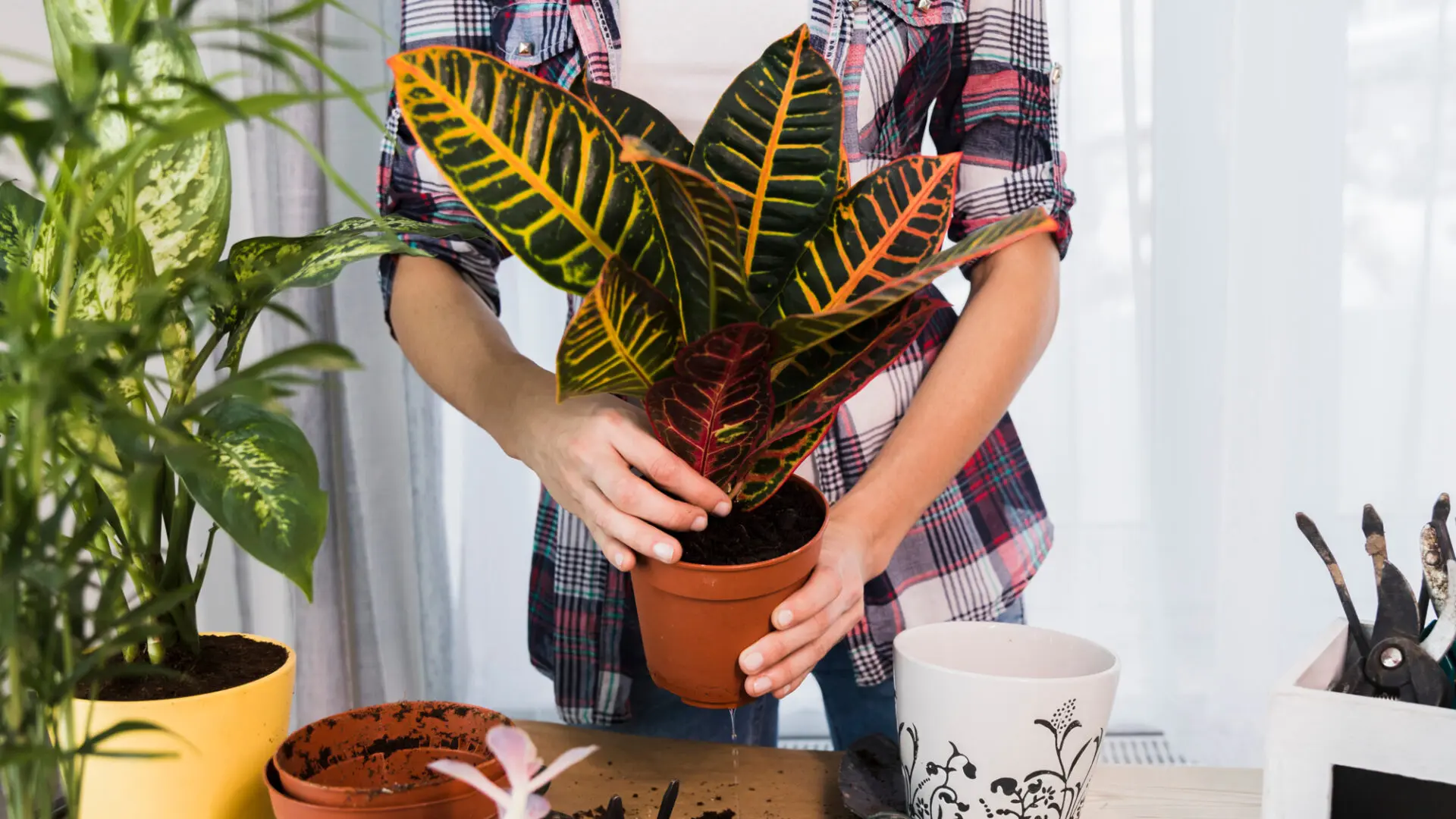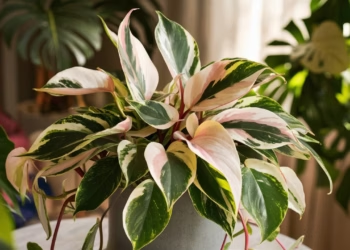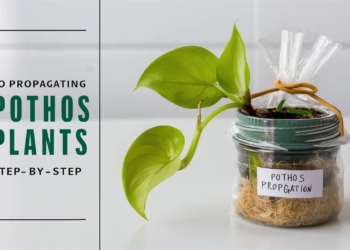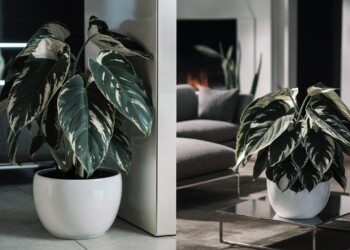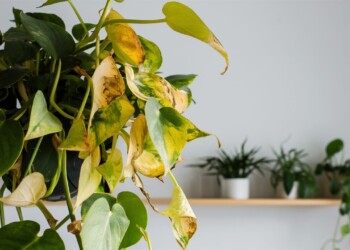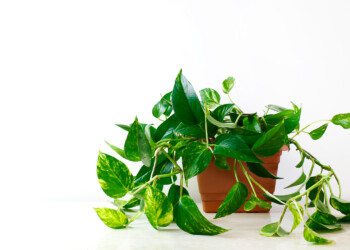Are you feeling the sorrow of seeing your once vibrant Calathea wither away? Fear not, fellow plant enthusiast, for you’re not alone in this green dilemma! It’s heartbreaking to witness our leafy companions struggling, but fret not, as we’re here to unravel the mysteries behind the woes of your wilting wonder! In this comprehensive guide, we’ll delve into the common problems why is your Calathea dying and arm you with practical solutions to nurse it back to health. From overwatering mishaps to lighting faux pas, we’ll leave no leaf unturned in our quest to revive your botanical buddy!
So, grab your gardening gloves and let’s embark on this green journey together, shall we?
Table Of Contents
Water Woes: Drowning or Thirsty?
Ah, the age-old struggle of watering woes! Your Calathea might be waving its leaves in distress due to water-related mishaps. Let’s uncover the truth behind this aquatic dilemma!
- Overwatering:
- Are you drowning your Calathea in love? Too much water can suffocate its roots, leading to root rot and wilting leaves. Check the soil moisture before reaching for that watering can!
- Underwatering:
- On the flip side, is your Calathea feeling parched? Insufficient watering can lead to drooping leaves and a sad, limp appearance. Ensure your plant is receiving adequate hydration without drowning it!
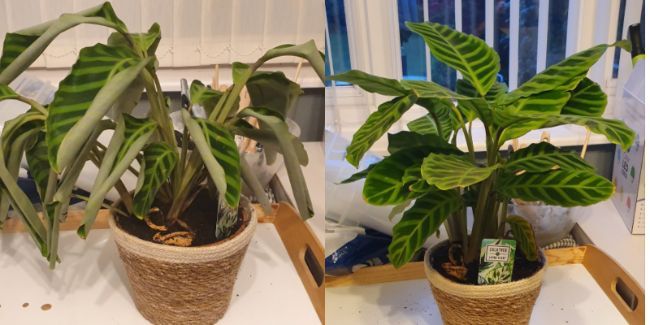
Change in Growing Conditions
- Issue: Calathea plants react negatively to sudden changes in their environment, often manifesting as yellowing leaves.
- Solution: Allow the plant time to acclimate to its new conditions after repotting or relocation, maintaining consistent care practices.
Light Limbo: Finding the Goldilocks Zone
Finding the perfect spot for your Calathea can feel like a game of botanical Goldilocks-too much light, and it wilts; too little, and it fades into oblivion!
- Direct Sunlight:
- Is your Calathea basking in direct sunlight? While it enjoys bright, indirect light, direct sun rays can scorch its delicate leaves, causing irreversible damage. Find a shady spot to protect its leafy complexion!
- Low Light Conditions:
- Conversely, is your Calathea stuck in a dim corner? Insufficient light can stunt its growth and lead to leggy stems. Consider relocating it to a brighter spot to revitalize its verdant charm!

Temperature Tango: Frosty Foliage or Sweltering Stems?
Just like Goldilocks and her porridge, your Calathea craves the perfect temperature-not too hot, not too cold, but just right!
- Cold Drafts:
- Is your Calathea feeling the chill? Exposure to cold drafts can cause its leaves to curl and brown at the edges. Shield it from icy blasts to maintain its lush appearance!
- Extreme Heat:
- On the other hand, is your Calathea sweating bullets? High temperatures can wilt its leaves and parch its soil, signaling distress. Provide a cool retreat away from scorching heat to keep it thriving!
Humidity Headaches: Dry Desert or Tropical Oasis?
Ah, the age-old debate-how much humidity is too much, and how much is too little for your Calathea’s liking?
- Low Humidity:
- Is your Calathea feeling like it’s stranded in a desert? Low humidity levels can lead to crispy leaves and a dehydrated appearance. Create a tropical oasis by misting its foliage or placing a humidity tray nearby!
- High Humidity:
- Conversely, is your Calathea drowning in humidity? Excess moisture in the air can invite fungal diseases and pest infestations, spelling trouble for your plant. Strike a balance by providing gentle airflow to prevent moisture buildup!
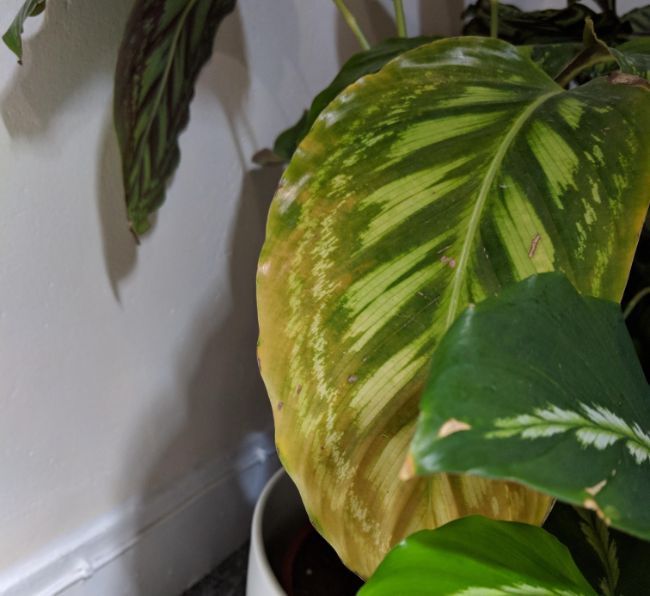
Soil Struggles: Muddy Mess or Arid Abyss?
The soil beneath your Calathea’s roots plays a pivotal role in its well-being-too wet, and it suffocates; too dry, and it thirsts for moisture!
- Waterlogged Soil:
- Is your Calathea stuck in a muddy mess? Poorly-draining soil can trap excess moisture, leading to root rot and suffocated roots. Repot it in well-draining soil to prevent waterlogged woes!
- Dry Soil:
- Conversely, is your Calathea dwelling in an arid abyss? Dry soil can leave your plant gasping for hydration, resulting in drooping leaves and wilting stems. Ensure the soil is evenly moistened without becoming waterlogged!
Nutrient Neglect: Hungry for Nourishment?
Just like us, your Calathea craves a balanced diet to thrive and flourish-ensure it’s receiving its fair share of nutrients to fuel its leafy growth!
- Nutrient Deficiency:
- Is your Calathea feeling malnourished? A lack of essential nutrients can manifest in yellowing leaves and stunted growth. Consider fertilizing it with a balanced, water-soluble fertilizer to replenish its nutrient reserves!
- Overfertilization:
- On the flip side, are you bombarding your Calathea with nutrients? Overfertilization can lead to fertilizer burn and toxic buildup, causing leaf discoloration and wilting. Follow a cautious fertilization regimen to avoid overwhelming your plant!
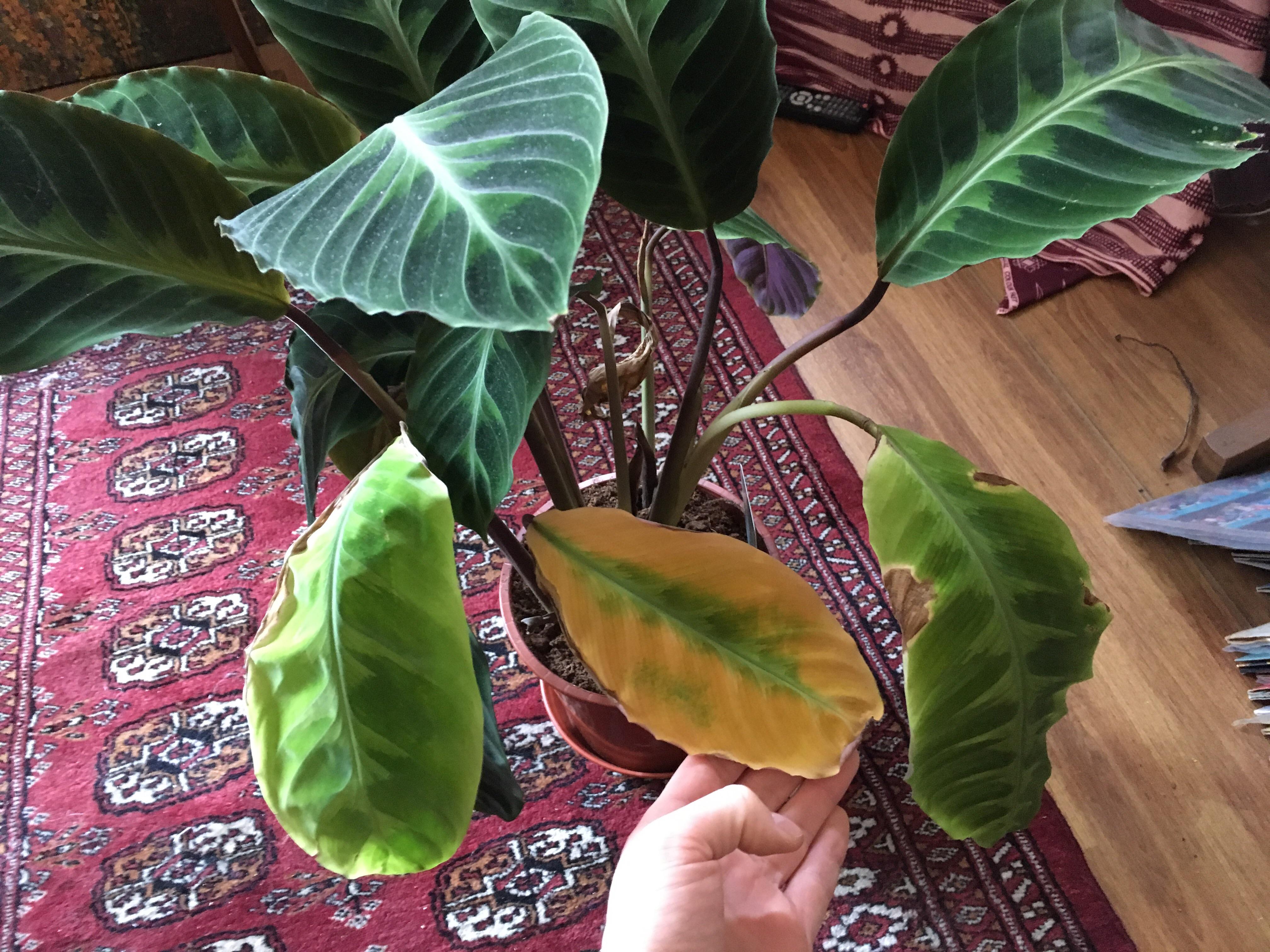
Pest Predicaments: Uninvited Guests or Garden Guardians?
Ah, the bane of every plant parent’s existence-pest infestations! Keep a vigilant eye out for these sneaky intruders and evict them before they wreak havoc on your Calathea!
- Spider Mites:
- Are tiny web-spinners invading your Calathea’s sanctuary? Spider mites thrive in dry conditions and can wreak havoc on its delicate foliage, causing stippled leaves and webbing. Blast them away with a gentle shower or treat with neem oil to banish these arachnid foes!
- Mealybugs:
- Is your Calathea playing host to fluffy white invaders? Mealybugs feast on its succulent stems and tender leaves, leaving behind a trail of honeydew and waxy secretions. Remove them manually or dab with rubbing alcohol to thwart their advances!
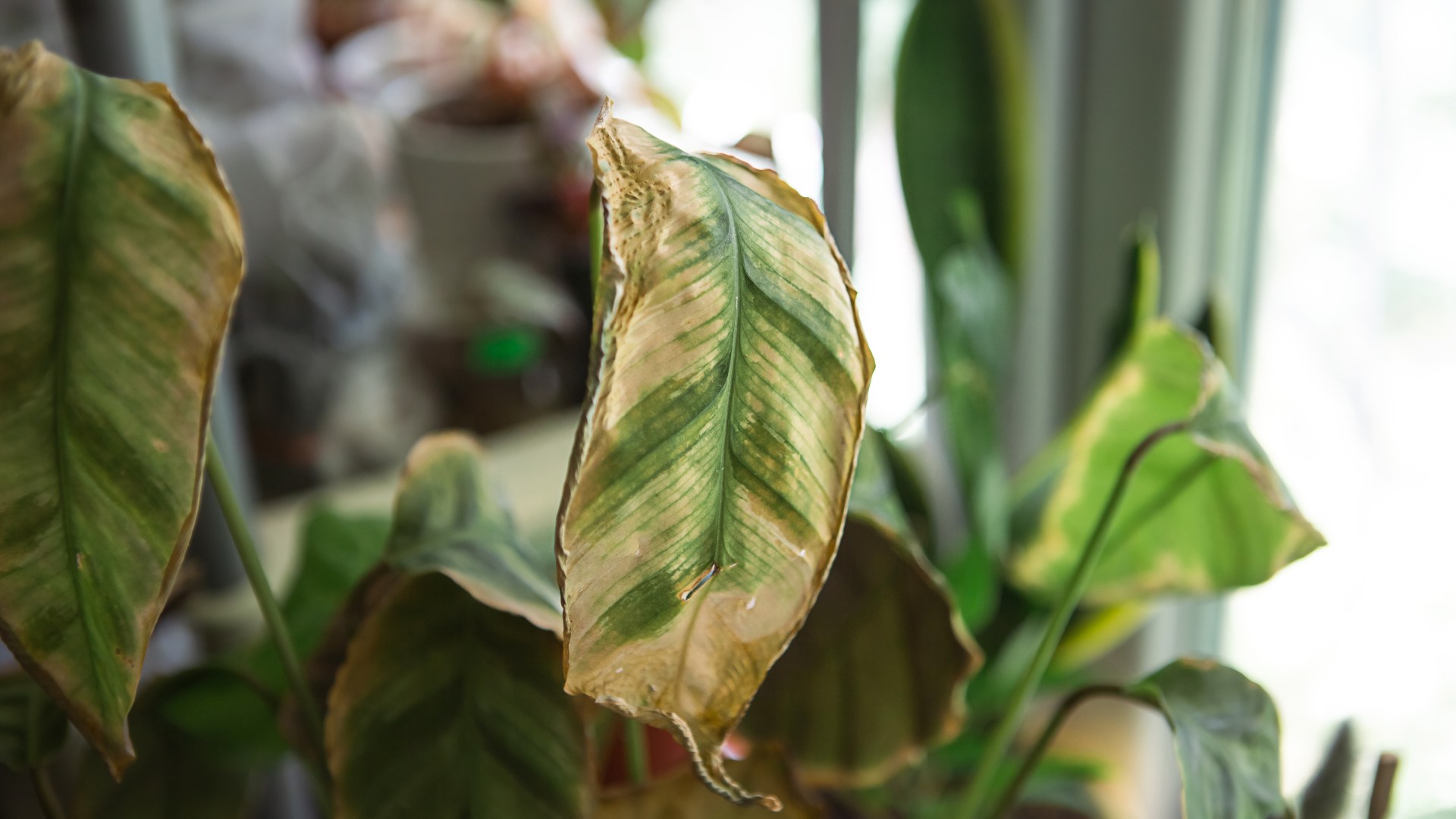
Congratulations, dear plant enthusiast, on unraveling the mysteries behind your Calathea’s decline! Armed with newfound knowledge and practical solutions, you’re well-equipped to revive its wilting beauty and foster a thriving botanical sanctuary!
Remember, gardening is a journey filled with ups and downs, but with patience, care, and a sprinkle of green-thumb magic, your Calathea will soon reclaim its rightful place as the crown jewel of your indoor oasis!
So, roll up your sleeves, dust off those gardening gloves, and let’s breathe life back into your wilting wonder-it’s time to witness your Calathea flourish like never before!
FAQs
How do you save a dying Calathea plant?
To save a dying Calathea plant, take these steps:
- Assess the situation: Determine the cause of the decline, such as overwatering, underwatering, or inadequate light.
- Adjust watering: Ensure the soil is evenly moist but not waterlogged. Allow the top inch of soil to dry out between waterings.
- Provide proper humidity: Calatheas thrive in high humidity. Use a humidifier or place a tray of water filled with pebbles beneath the plant.
- Check lighting: Calatheas prefer bright, indirect light. Avoid direct sunlight, which can scorch the leaves.
- Trim dead foliage: Remove any yellow, brown, or crispy leaves to encourage new growth.
- Inspect roots: If root rot is suspected, gently remove the plant from its pot and examine the roots. Trim away any mushy or rotten roots.
- Repot if necessary: If root rot is severe, repot the plant in fresh, well-draining soil.
- Patience and care: With proper care, your Calathea can recover over time.
Can a Calathea come back to life?
Yes, a Calathea can come back to life if provided with proper care and conditions. With adjustments to watering, light, humidity, and temperature, along with removal of dead foliage and potential root rot, a struggling Calathea can often recover and produce new growth.
What does an overwatered Calathea look like?
Signs of an overwatered Calathea include limp or drooping leaves, yellowing or browning of leaves, soggy soil, and potential root rot. The plant may also show signs of stress or decline despite regular watering.
What does an overwatered Calathea look like?
Signs of an overwatered Calathea include limp or drooping leaves, yellowing or browning of leaves, soggy soil, and potential root rot. The plant may also show signs of stress or decline despite regular watering.
Should I cut off dying Calathea leaves?
Yes, it’s recommended to trim off dying Calathea leaves to promote the health of the plant. Removing dead or damaged foliage allows the plant to allocate its resources to healthy leaves and encourages new growth. Use clean, sharp scissors or pruning shears to make clean cuts at the base of the affected leaves.
Is Overwatering worse than Underwatering?
Both overwatering and underwatering can be detrimental to Calatheas, but overwatering generally poses a more immediate threat. Overwatering can lead to root rot and suffocate the plant’s roots, causing rapid decline. Underwatering, while still harmful, may take longer to show symptoms and can often be corrected more easily.
How do I know if my Calathea is thirsty?
You can tell if your Calathea is thirsty by checking the moisture level of the soil. Insert your finger about an inch into the soil near the plant’s base. If the soil feels dry, it’s time to water. Additionally, if the leaves appear droopy or the edges are curling, it may indicate that the plant needs water. However, avoid overwatering, as this can lead to other issues such as root rot.
